Understanding Mexican Fireleg Tarantula Prices
The Mexican Fireleg Tarantula, scientifically known as Brachypelma boehmei, is a stunning and popular species within the tarantula hobby. Their vibrant orange and black coloration makes them highly sought after, but the price of a Mexican Fireleg can vary significantly. Several factors influence the cost, and understanding these elements can help potential owners budget appropriately and make informed decisions. This guide will delve into the different aspects that contribute to the price, from the spider’s age and gender to where you choose to purchase your new pet. The goal is to provide you with a comprehensive overview, ensuring you are well-prepared to welcome a beautiful Mexican Fireleg into your home.
Factors Influencing Mexican Fireleg Price
Several key elements affect the price of a Mexican Fireleg Tarantula. These factors range from biological characteristics to market availability. It’s crucial to consider these aspects when budgeting for your new pet, as they will directly impact the final cost. Furthermore, awareness of these influencing factors can also help you differentiate between fair pricing and potentially inflated costs, providing you with a solid foundation to make a sound investment in your new tarantula and avoid overpaying.
Tarantula Size and Age
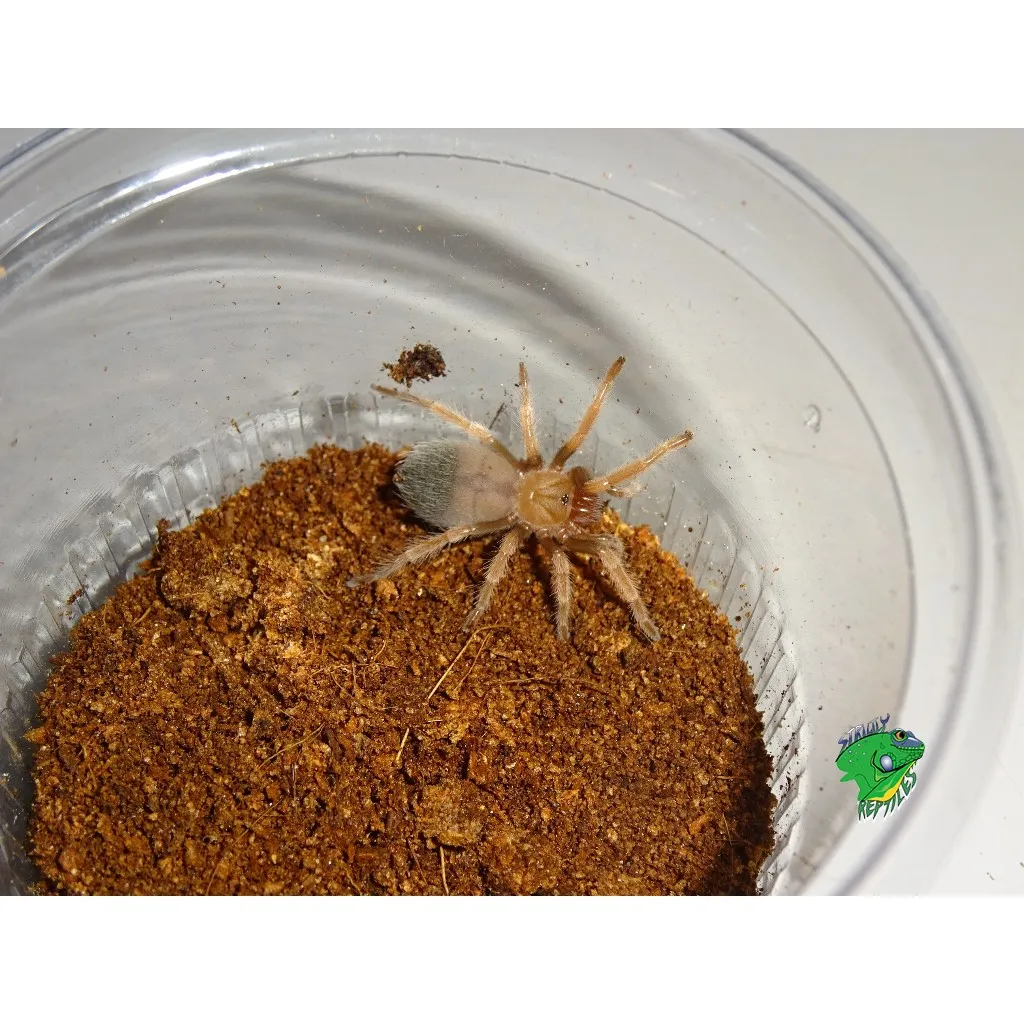
Generally, younger tarantulas, known as spiderlings, are less expensive than older, more mature specimens. This is because spiderlings require more care and are more fragile. As they grow, their value increases, especially when they reach adulthood and display their full coloration and size. The price increases with age because buyers want to see the full potential of the tarantula, which in turn offers them a sense of satisfaction knowing what to expect with their new pet. Also, older tarantulas have a higher survival rate in captivity compared to younger ones.
Spider’s Gender
The gender of a Mexican Fireleg Tarantula can also influence the price. Female tarantulas are typically more expensive than males. Females have a longer lifespan, often living for 20-30 years, while males typically live for only 5-10 years after reaching maturity. This longevity makes females more desirable. Plus, the ability to breed females adds value, making them a valuable asset for tarantula enthusiasts interested in breeding programs. Due to their extended lifespan and breeding potential, females command a higher price in the market.
Coloration and Appearance
The vibrant colors and overall appearance contribute to a tarantula’s price. Tarantulas with brighter, more intense coloration tend to be more sought after. Perfectly symmetrical patterns and healthy appearances also boost their value. If a tarantula has any visible health issues or imperfections, it may be sold at a lower price. Breeders often select tarantulas with the best coloration for breeding, which further drives up the value of the offspring.
Breeding and Availability
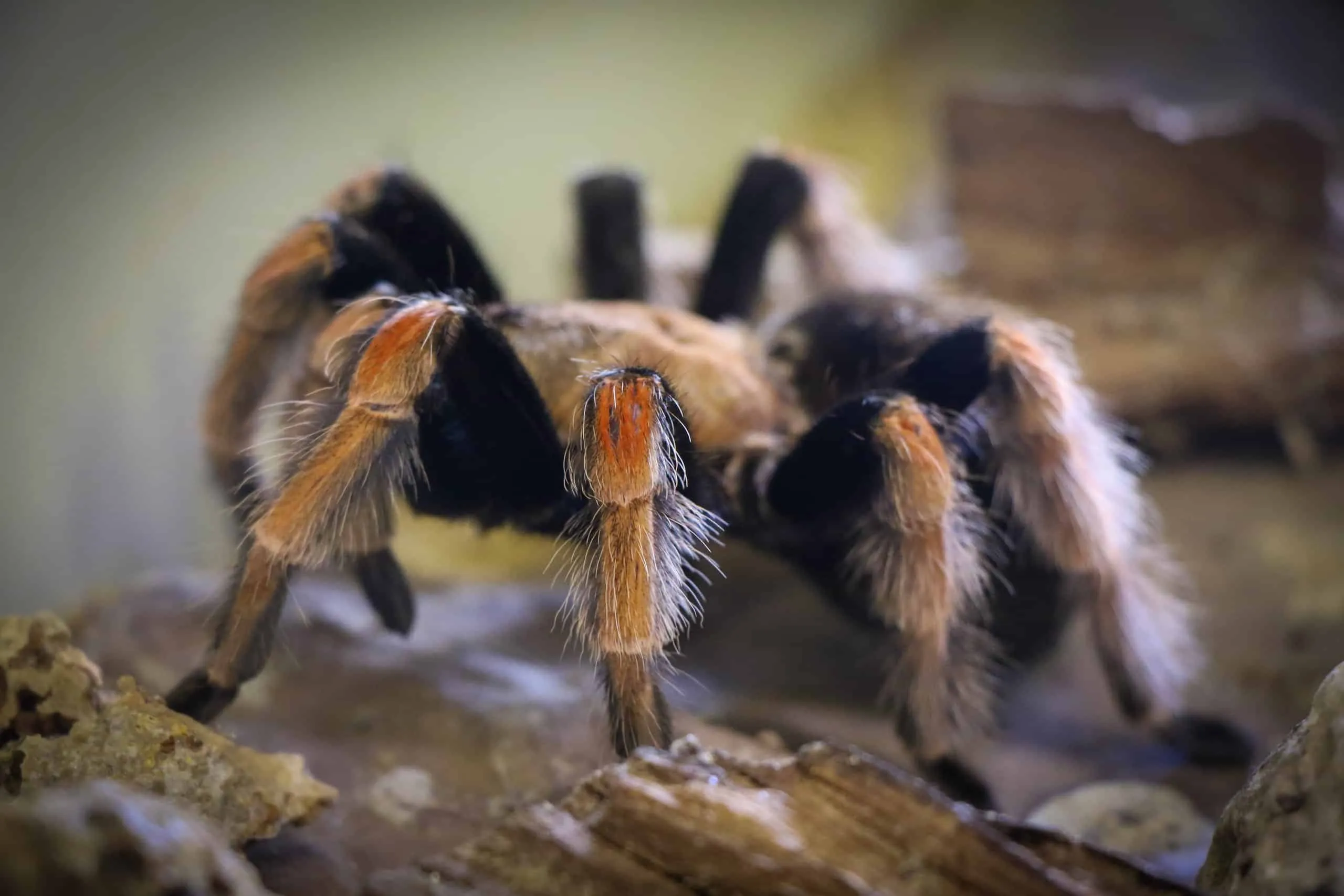
The availability of Mexican Fireleg Tarantulas influences their price. If a breeder has a large supply, the prices might be lower compared to when they are in short supply. This fluctuation is based on supply and demand. Additionally, ethical breeding practices and the reputation of the breeder can also impact the cost. Tarantulas bred in captivity tend to be more expensive as they are generally healthier and better adapted to captive environments. Captive-bred tarantulas are typically preferred because they are less likely to carry diseases or parasites compared to wild-caught specimens. Brachypelma boehmei is also listed in CITES, regulating its trade and further affecting availability and price.
Where to Buy Your Tarantula
The vendor you choose to purchase from also influences the price. Different vendors have varying overhead costs and business models. Selecting the right source is crucial for ensuring you get a healthy tarantula at a reasonable price. Researching different vendors and comparing prices is essential before making a purchase. Also, it is essential to know the reputation of each vendor since you are trusting them with your purchase and the health of your tarantula. Therefore, understanding the pros and cons of each buying option will lead you to make the right decision.
Reputable Breeders vs. Pet Stores
Reputable breeders often offer healthier tarantulas with better genetics and care history. They usually specialize in tarantulas and have a deep understanding of their needs. This knowledge translates to healthier spiders and better customer support. While pet stores may offer convenience, they may not have the same level of expertise or care. Consequently, the prices at a pet store can sometimes be higher to cover their overhead costs. Breeders’ prices may vary, but it often reflects the quality and care provided.
Online Retailers
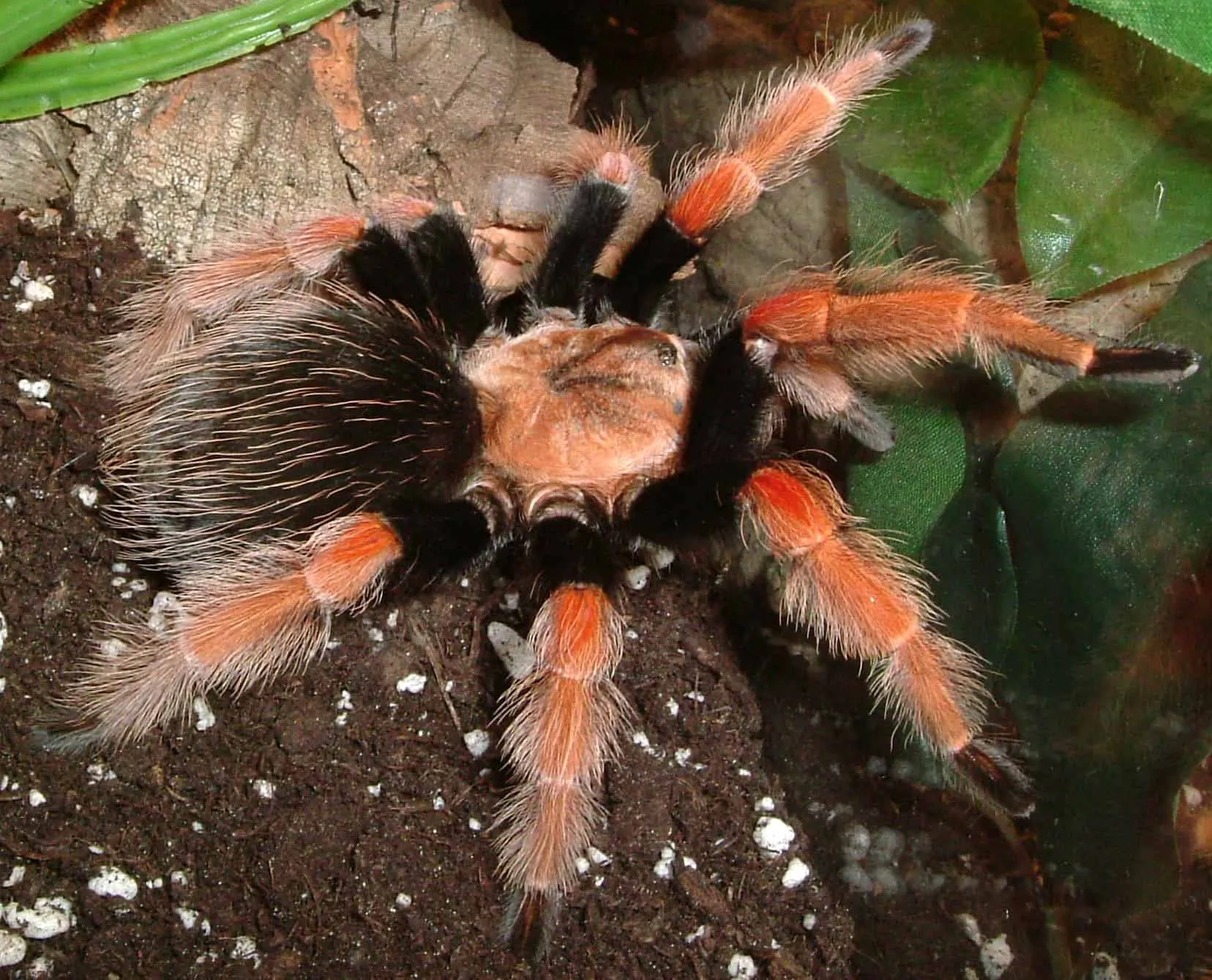
Online retailers offer a wide selection and competitive pricing, and they can be a convenient option. It’s vital to research the retailer’s reputation and read reviews before purchasing. Shipping costs and guarantee policies are also important factors to consider. Look for retailers that guarantee the health of their tarantulas upon arrival and have secure packaging to prevent damage during transit. Many online retailers specialize in exotic pets and have experienced staff to help with your needs. They can offer a wide range of options from different breeders.
Local Tarantula Shows
Tarantula shows provide an excellent opportunity to meet breeders, see tarantulas in person, and potentially negotiate prices. You can assess the health of the tarantula and discuss care with the breeder directly. This option allows you to avoid shipping costs and can be a fun way to connect with other enthusiasts. Such events offer you the unique chance to view a diverse range of tarantula species, gather valuable insights from seasoned breeders, and often find exclusive deals on both tarantulas and related supplies.
Average Prices of Fireleg Tarantulas
The price of a Mexican Fireleg Tarantula varies significantly depending on its life stage and sex. Here’s a general price guide. However, these prices are estimates and can change based on market conditions and the specific characteristics of the tarantula.
Spiderlings and Juveniles
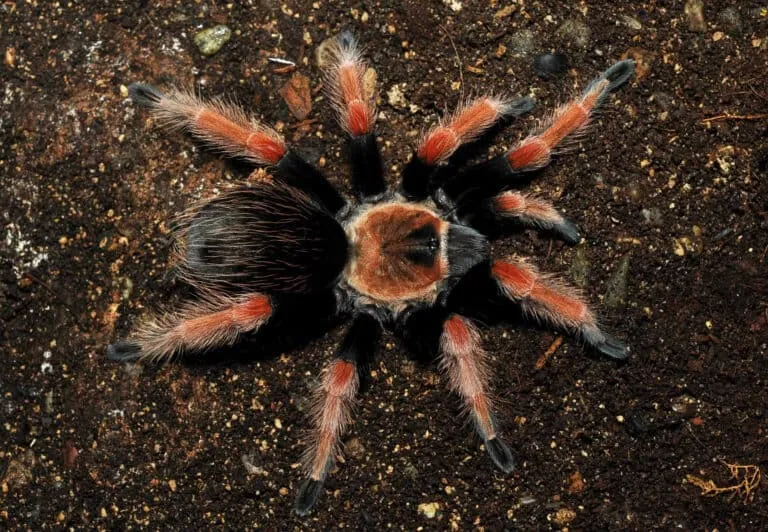
Spiderlings (very young tarantulas) typically range from $20 to $50. Juveniles, which are slightly older, can cost between $50 and $100. These are the most affordable options, though they require more care. Spiderlings need a stable environment and regular feeding, and their small size makes them more vulnerable. However, they offer the advantage of watching them grow.
Adult Female Tarantulas
Adult female Mexican Fireleg Tarantulas are the most expensive, often costing between $150 to $300 or more. Their higher price reflects their longer lifespan and the potential for breeding. Because of their longevity and breeding capabilities, adult females provide a longer-term investment. Breeders often select adult females with proven breeding capabilities, making them even more valuable.
Adult Male Tarantulas
Adult males are generally less expensive, typically ranging from $80 to $150. Their shorter lifespan contributes to the lower price. However, they are still desirable for their vibrant coloration and the possibility of breeding, although they are less in demand compared to females. Some collectors prefer to buy males as display specimens or to breed with their female tarantulas.
Hidden Costs to Consider
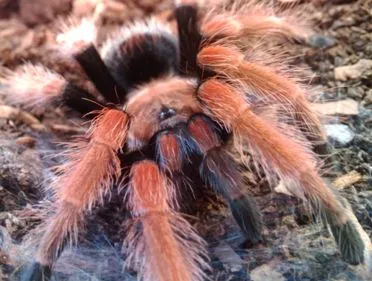
Beyond the initial purchase price, there are ongoing costs associated with owning a Mexican Fireleg Tarantula. Ignoring these hidden costs can lead to financial surprises. Proper budgeting requires careful consideration of these additional expenses. These may seem insignificant, but they can add up over time, so it is essential to be aware of them to avoid any unexpected expenses.
Enclosure Setup
Setting up an appropriate enclosure involves an initial investment. You will need a terrarium or enclosure of the correct size, depending on the tarantula’s size. The enclosure setup costs generally include the terrarium, substrate, water dish, and decorations such as hides and artificial plants. The cost of a suitable enclosure varies depending on the size and material, but you should allocate at least $30 to $100. Also, you may need to budget for heating and lighting systems to maintain the proper temperature and humidity levels.
Substrate and Decor
The substrate, such as coconut fiber or peat moss, needs to be replaced periodically. The cost of substrate is relatively low, but you’ll need to replenish it every few months. Decorative items such as cork bark, artificial plants, and hides contribute to the tarantula’s well-being. These items can be bought initially but may need replacing, though they are typically low-cost items. The substrate and decorations provide a natural environment, promote the tarantula’s well-being, and enhance the aesthetic appeal of the enclosure.
Feeding and Supplies
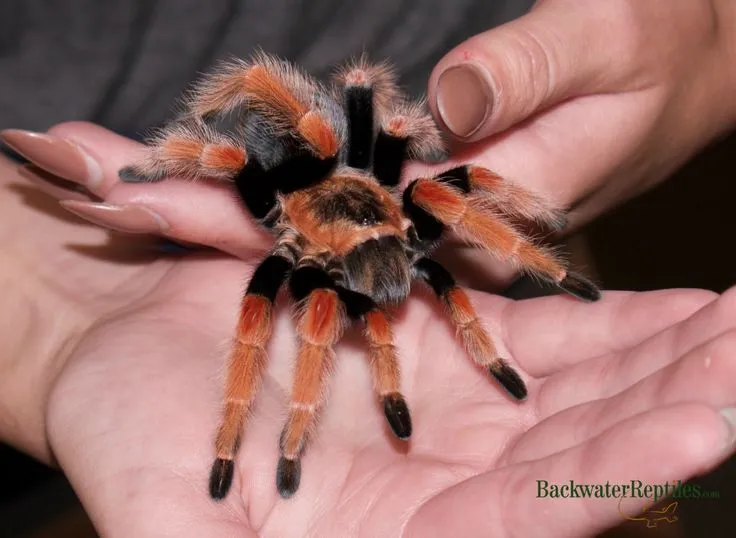
You’ll need to regularly purchase live insects like crickets, mealworms, or roaches to feed your tarantula. The cost of these insects can vary depending on the size of your tarantula and the frequency of feedings. You’ll also need to budget for supplements, such as vitamins or calcium, and other supplies, such as feeding tongs, a water sprayer, and a thermometer/hygrometer. These costs will add up, so it’s important to factor them into your ongoing budget. The amount of food depends on the size and age of your tarantula; therefore, the costs will vary.
Tips for Saving Money
Owning a tarantula doesn’t have to break the bank. With a little planning and smart shopping, you can minimize costs. Being a savvy consumer can make tarantula ownership more accessible. These tips can help you reduce your expenses without compromising the well-being of your tarantula.
Comparing Prices
Research and compare prices from different breeders, pet stores, and online retailers. Look for sales, discounts, and bundle deals. Don’t just look at the initial price; consider the overall value, including the tarantula’s health and the seller’s reputation. If you are buying online, check for shipping costs. Compare the warranty and return policies to protect your investment.
Negotiating
At tarantula shows or when buying directly from a breeder, don’t be afraid to negotiate the price. If you are buying multiple tarantulas or purchasing supplies, you may be able to secure a better deal. Be polite and respectful, and be prepared to walk away if you don’t get a price you are comfortable with. Research market prices beforehand so you know what a fair price is.
Caring for Your New Tarantula
After purchasing a Mexican Fireleg Tarantula, proper care is essential for its health and longevity. This includes creating a suitable habitat, providing a proper diet, and handling the tarantula safely. Providing appropriate care not only ensures the tarantula’s well-being but also enhances the joy of ownership.
Creating the Ideal Habitat
Setting up the right habitat is crucial for your tarantula’s well-being. This involves maintaining the correct temperature and humidity levels and providing a suitable enclosure. A well-maintained habitat helps your tarantula thrive and exhibit its natural behaviors. Creating the best possible environment is a key factor in ensuring the happiness and well-being of your tarantula.
Temperature and Humidity
Mexican Fireleg Tarantulas thrive in a temperature range of 75-85°F (24-29°C). Use a thermometer to monitor the temperature in the enclosure. Humidity should be maintained between 60-70%. You can achieve this by misting the enclosure with water. Maintaining the correct temperature and humidity is vital for the tarantula’s health and molting process. Consistent monitoring ensures that the environment remains optimal for your tarantula.
Enclosure Size
The enclosure size should be appropriate for your tarantula’s size. A general guideline is to provide a space that is approximately three times the tarantula’s leg span in length and width. The enclosure should have a secure lid to prevent escape. Ensure that the enclosure is well-ventilated and offers plenty of space for movement and enrichment, which can reduce stress and encourage natural behaviors.
Feeding Your Tarantula
Providing a balanced diet is essential for your Mexican Fireleg’s health and growth. The type of food and feeding frequency will impact the tarantula’s overall well-being. The type of food and feeding frequency will impact the tarantula’s overall well-being, so always prioritize quality over cost when choosing food for your tarantula.
What to Feed
Provide a varied diet of live insects, such as crickets, mealworms, or roaches. Dust the insects with a calcium and vitamin supplement to ensure your tarantula gets the necessary nutrients. Offer a water dish with fresh, clean water at all times. These feeding practices ensure your tarantula receives a complete and balanced diet to promote healthy growth.
Feeding Frequency
Spiderlings should be fed 2-3 times a week, while adults can be fed once a week or every other week. Adjust the feeding schedule based on the tarantula’s size and appetite. Avoid overfeeding, as this can lead to health problems. Overfeeding can lead to obesity, which can shorten the lifespan of your tarantula. Also, observe the tarantula and adjust the feeding frequency as needed to maintain a healthy weight.
Handling and Safety
Handling a Mexican Fireleg Tarantula can be risky, as their venomous bites can be painful. Therefore, it is better to avoid handling them. If handling is necessary, it should be done with extreme care. The risk of a bite is greater when handling and may be influenced by the tarantula’s temperament.
Avoid Handling
Mexican Fireleg Tarantulas are generally docile, but they can bite if they feel threatened. It is best to admire your tarantula from a distance and avoid unnecessary handling. If you must handle it, do so only when necessary. Use a soft brush to gently coax the tarantula onto your hand, and be careful to avoid sudden movements. Always wash your hands before and after handling your tarantula.
Signs of a Healthy Tarantula
Recognizing signs of good health will help you ensure that your tarantula is thriving. Regular observation will help you catch potential problems early. Healthy tarantulas exhibit specific behaviors and physical characteristics. Knowledge of these indicators allows you to monitor their well-being and take prompt action if necessary.
A healthy Mexican Fireleg Tarantula should have a robust appetite, exhibit vibrant coloration, and move around its enclosure with ease. Its abdomen should be a good size. The fangs should be intact. The tarantula should have no signs of mites or other parasites. By understanding these signs, you can enjoy the experience of owning a Mexican Fireleg Tarantula.
